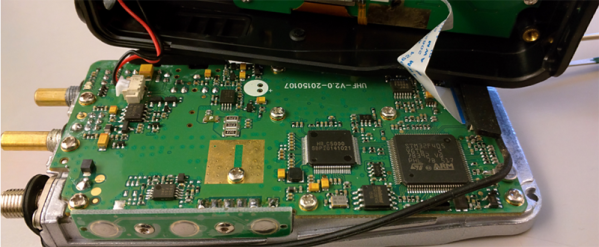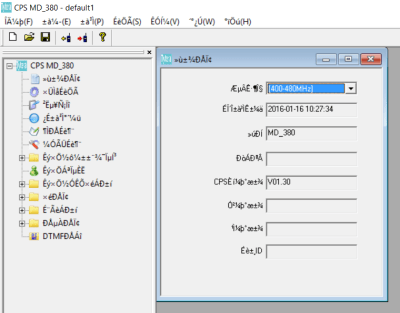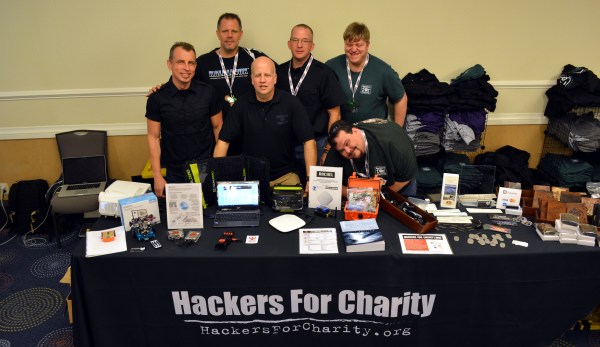There are two sides to every coin. Instead of swiping or using a chip reader with your credit card, some companies offer wireless cards that you hold up to a reader for just an instant. How convenient for you and for anyone who might what to read that data for their own use. The same goes for RFID enabled passports, and the now ubiquitous keycards used for door access at businesses and hotels. I’m sure you can opt-out of one of these credit cards, but Gerald in human resources isn’t going to issue you a metal key — you’re stuck hauling around that RFID card.
It is unlikely that someone surreptitiously reading your card will unlock your secrets. The contactless credit cards and the keylock cards are actually calculating a response based on a stored key pair. But you absolutely could be tracked by the unique IDs in your cards. Are you being logged when passing by an open reader? And other devices, like public transit cards, may have more information stored on them that could be harvested. It’s not entirely paranoid to want to silence these signals when you’re not using them.
One solution is to all of this is to protect your wallet from would-be RFID pirates. At this point all I’m sure everyone is thinking of a tin-foil card case. Sure, that might work unless the malicious reader is very powerful. But there’s a much more interesting way to protect against this: active RFID scrambling with a project called GuardBunny. It’s a card that you place next to whatever you want to protect. It’s not really RFID — I’ll get that in a moment — but is activated the same way and spews erroneous bits back at any card reader. Kristin Paget has been working on GuardBunny for several years now. As of late she’s had less time for active development, but is doing a great thing by letting version 1 out into the world for others to hack on. In her talk at Shmoocon 2016 she walked through the design, demonstrated its functionality, and shared some suggestions for further improvement.
Continue reading “GuardBunny Active RFID Protection Going Open Hardware”





















